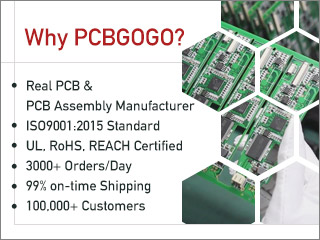
Thermal wax printers OK for PCB photo resist transparencies?
My ol HP 4000n black and white laser printer packed up recently, not that
it gave very dense black images on transparencies for photoresist printing
for PCB etching. I went to a fairy local large printer refurb
place yesterday and they ran my pdf ile through a few different laser
black and white printers and the results were less than stunning. The
senior technician there reckoned a thermal wax printer would be more
appropriate and has set one up for me to try today. he says the
results on my transparency film were much better than even a high end
laser achieved.
has anyone any experience of using a thermal wax printer for
transparencies for photo resist board?
- Comments(1)
A****min
Nov 15.2019, 18:10:54
There's the thermal transfer printer where a full-width thermal printhead selectively melts ink off a full-area ribbon onto the paper. I don't think this is what the technician is recommending since thermal transfer is usually used for high-speed, easy-maintenance label printing in narrower widths (4-inches). There's the related dye-sublimation technology which thermally transfers dye to its own dedicated paper. Its selling point is continuous tone printing for photos.
I think your technician is recommending solid ink printer technology. Waxy ink blocks are melted and the printhead deposits it on the page. It's compatible with a wide range range of media and the ink is very opaque. However, it might be a bad choice for a low usage application. The printer has to keep the ink melted for on-demand printing. If you only print a few pages once in a while, you'll cook the inks in the tanks so much that they'll go bad. Ask your technician how many pages a month are needed to keep the inks fresh. Ask if you can disable the color part of printer as you won't be using color printing at all for photoresist masks.



